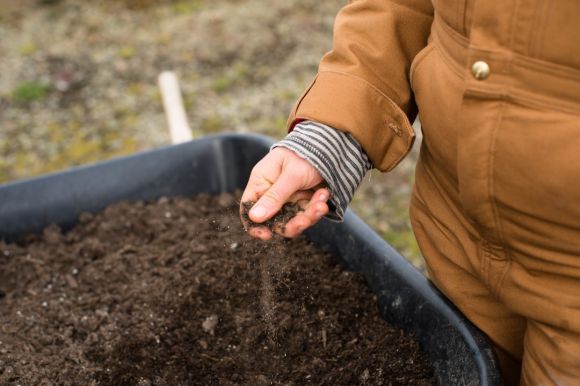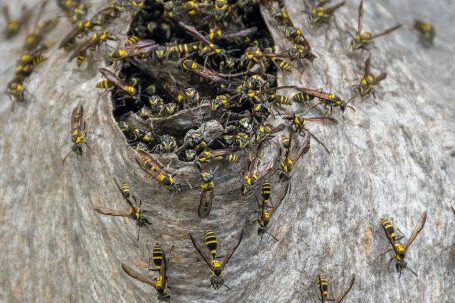Cover crops, also known as green manure, are a valuable tool for improving soil health and fertility. These crops are planted primarily to protect and enrich the soil when it is not being used for the main crop. They offer numerous benefits such as reducing erosion, suppressing weeds, increasing organic matter, and improving water infiltration. In this article, we will explore some of the cover crops that can help improve soil and the specific benefits they provide.
1. Legumes: Fixing Nitrogen
Legume cover crops, such as clover, vetch, and peas, are extremely beneficial for soil health due to their ability to fix nitrogen. Nitrogen fixation is the process by which these plants convert atmospheric nitrogen into a form that can be used by other plants. By doing so, legume cover crops provide a natural source of nitrogen to the soil, reducing the need for synthetic fertilizers. Additionally, legumes increase soil organic matter and improve soil structure, leading to enhanced water-holding capacity and nutrient retention.
2. Grasses: Erosion Control and Weed Suppression
Grass cover crops, such as rye, oats, and barley, are excellent choices for erosion control and weed suppression. Their extensive root systems help stabilize the soil, preventing erosion caused by wind and water. These cover crops also compete with weeds for nutrients, light, and space, reducing weed growth and the need for herbicides. Moreover, grasses add organic matter to the soil when they decompose, improving its structure and fertility.
3. Brassicas: Biofumigation and Nutrient Scavenging
Brassica cover crops, including mustard, radish, and turnip, offer unique benefits to soil health. One of the main advantages is their ability to release natural compounds known as glucosinolates, which act as biofumigants. These compounds suppress soil-borne pests, diseases, and weeds, reducing the need for chemical treatments. Brassicas also have deep taproots that help break up compacted soil, improve water infiltration, and scavenge nutrients from deeper soil layers, making them available to other crops.
4. Buckwheat: Phosphorus Availability
Buckwheat is a fast-growing cover crop that excels at improving phosphorus availability in the soil. Phosphorus is an essential nutrient for plant growth, but it often becomes bound to minerals in the soil, making it less accessible to plants. Buckwheat releases acids from its roots, which help dissolve these minerals and release phosphorus into a plant-available form. This makes it an excellent choice for soils with low phosphorus levels or high phosphorus fixation.
5. Mixtures: Maximizing Benefits
While each cover crop has its unique advantages, combining different species in a cover crop mixture can maximize the benefits. Mixtures can provide a diverse range of functions, such as nitrogen fixation, erosion control, weed suppression, and nutrient scavenging. They also enhance biodiversity, improve soil structure, and promote beneficial soil microorganisms. Selecting cover crops that complement each other can create a synergistic effect, resulting in healthier and more productive soils.
In conclusion, cover crops play a crucial role in improving soil health and fertility. Legumes fix nitrogen, grasses control erosion and suppress weeds, brassicas offer biofumigation and nutrient scavenging, buckwheat enhances phosphorus availability, and mixtures maximize benefits. By incorporating these cover crops into crop rotations or fallow periods, farmers and gardeners can reap the rewards of healthier soils, reduced inputs, and increased crop yields. So, consider integrating cover crops into your agricultural practices and enjoy the long-term benefits they provide for your soil.





